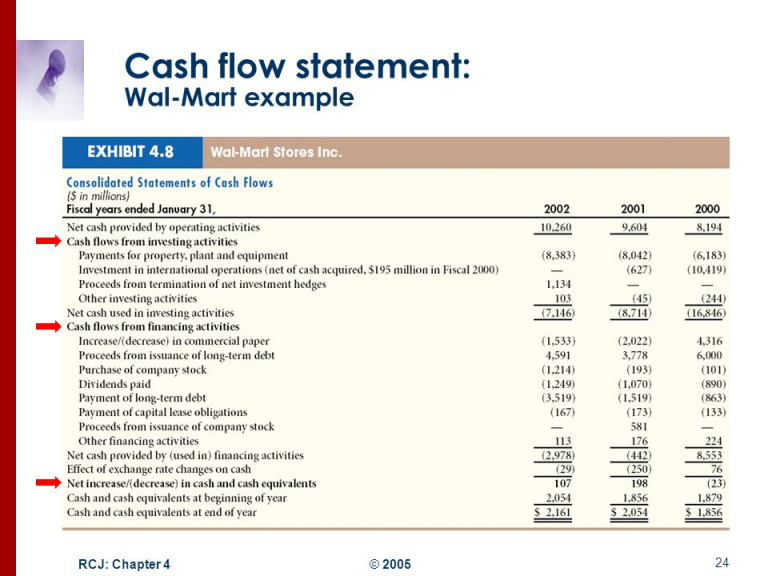

When you sell an asset, you’ll usually receive cash from that sale and you track that cash in the “Sales of Assets” section of your cash flow forecast. Sales of assetsĪssets are things that your business owns, such as vehicles, equipment, or property. It’s worth keeping these two different types of cash in-flows separate from each other, mostly because loans need to be repaid while investments do not need to be repaid. When you receive this kind of cash, you’ll track it in the rows for loans and investments. You can also receive cash by getting a new loan from a bank or an investment. New loans and investments in your business

The easiest way to think about forecasting this row is to think about what invoices will be paid by your customers and when.

When customers pay those invoices, that cash shows up on your cash flow forecast in the “Cash from Accounts Receivable” row. When you do that, you keep track of the money you are owed in Accounts Receivable. You might also send invoices to customers and then have to collect payment.

You get that money right away and can deposit it in your bank account. When you sell your products and services, some customers will pay you immediately in cash – that’s the “cash sales” row in your spreadsheet. In your cash flow forecast, this is the “Cash from Operations” section. You receive cash from four primary sources: 1. Let’s start by estimating your cash received and then we’ll move on to the other sections of the cash flow forecast. The direct method of forecasting cash flow relies on this simple overall formula:Īnd here’s what that cash flow forecast actually looks like: After we explain the direct method, we’ll explain the indirect method as well. Don’t worry, though, the direct method is just as accurate. That downside of choosing the direct method is that some bankers, accountants, and investors may prefer to see the indirect method of a cash flow forecast. But, if you’re creating a forecast – looking forward into the future – you aren’t relying on reports from your accounting system so it may be a better choice for you. The reason it’s less popular is that it can’t be easily created using standard reports from your business’s accounting software. The direct method for forecasting cash flow is less popular than the indirect method but it can be much easier to use. The direct method for forecasting cash flow Often that means that the expert doesn’t know enough to realize there is more than one way to do it. Sometimes it seems like as soon as you use one method, somebody who is supposed to know business financials tells you you’ve done it wrong. The first method is called the “Direct Method” and the second is called the “Indirect Method.” Both methods are accurate and valid – you can choose the method that works best for you and is easiest for you to understand. There are several legitimate ways to do a cash flow forecast. Learn more about the differences between cash and profits. It helps you predict how much money you’ll have in the bank at the end of every month, regardless of how profitable your business is. That’s why a cash flow forecast is so important. That sale adds to the revenue in your profit and loss statement but doesn’t show up in your bank account until the customer pays you. On the sales side of things, your business can make a sale to a customer and send out an invoice, but not get paid right away. Because of this, your business can spend money and still look profitable. But, certain spending, such as spending on inventory, debt repayment, new equipment, and purchasing assets reduces your cash but does not reduce your profitability. Normal expenses reduce your profitability. Profitable companies can run out of cash if they don’t know their numbers and manage their cash as well as their profits.įor example, your business can spend money that does not show up as an expense on your profit and loss statement. The direct method for forecasting cash flow.Two ways to create a cash flow forecast.


 0 kommentar(er)
0 kommentar(er)
